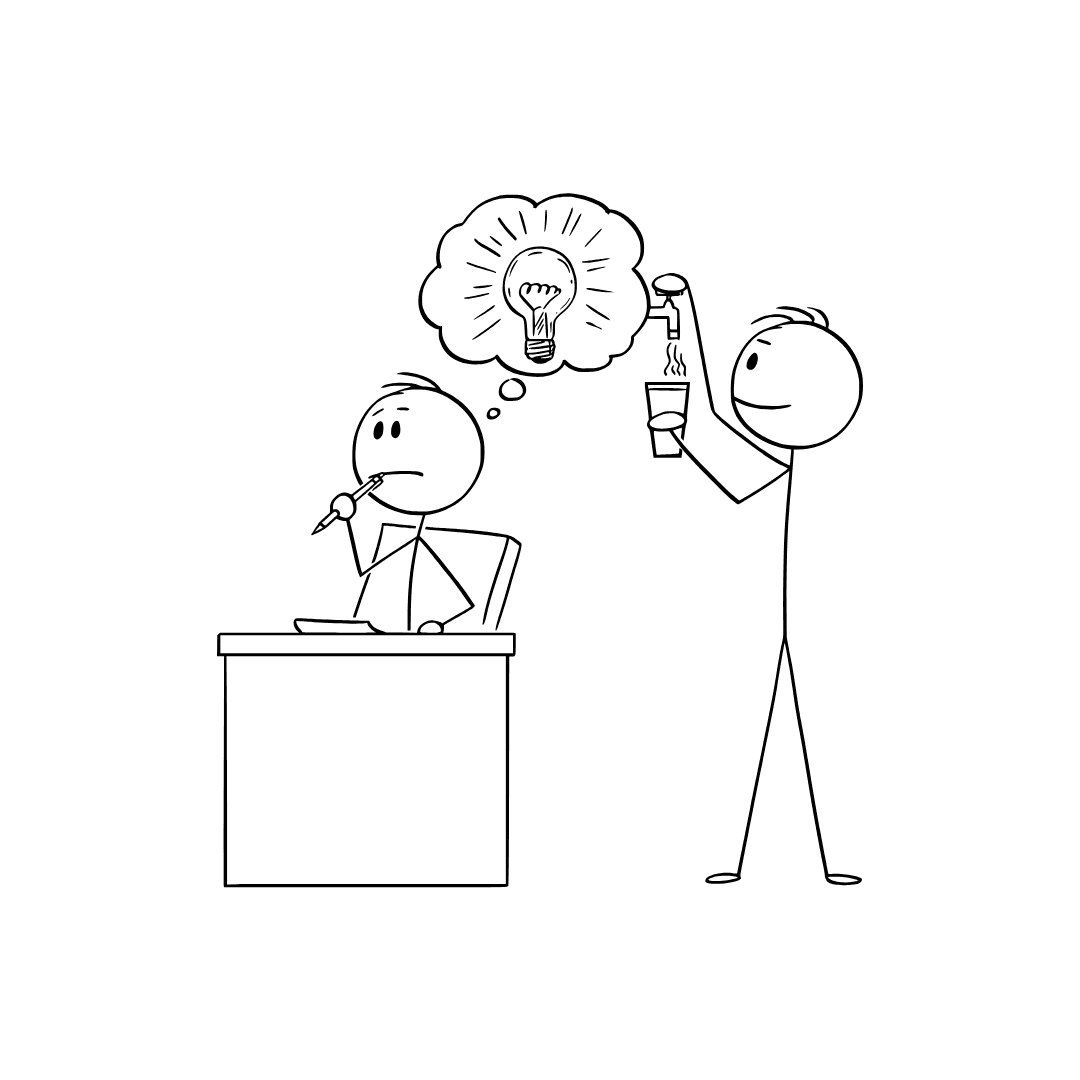Plagiarism vs Inspiration

2025-07-16T03:14:47.650Z
In both academic and creative disciplines, it is essential to distinguish between plagiarism and genuine inspiration. Plagiarism occurs when someone uses another person’s work without giving proper credit, whether by copying text, paraphrasing without acknowledgment, or failing to cite the source. This behavior violates copyright laws and institutional policies on academic honesty.

“Inspired or Plagiarized?”: How to Tell When Your Work Crosses the Line
Objective
This article examines the line between plagiarism and inspiration by exploring legal definitions, ethical standards, and educational approaches. The goal is to help students and educators build a clear understanding of academic integrity and how to create original work responsibly.
Introduction
In both academic and creative disciplines, it is essential to distinguish between plagiarism and genuine inspiration. Plagiarism occurs when someone uses another person’s work without giving proper credit, whether by copying text, paraphrasing without acknowledgment, or failing to cite the source. This behavior violates copyright laws and institutional policies on academic honesty. By contrast, inspiration involves drawing from others’ ideas to develop something new through thoughtful transformation and accurate attribution.
The main differences between plagiarism and inspiration lie in three areas: originality, transformation, and acknowledgment. Plagiarized work typically lacks originality, offers minimal change to the original source, and omits credit to the original author. Inspired work, on the other hand, demonstrates creativity, reshapes existing ideas, and clearly credits the source.
What Constitutes Plagiarism
Plagiarism involves using someone else’s content—words, visuals, or ideas—without proper acknowledgment. Common forms include:
Copying exact text without quotation marks or citations.
Paraphrasing another person’s work without citing the source.
Including images, tables, or media without credit.
Submitting work done by someone else as your own.
Following the same structure or logic as a source without originality.
Replacing a few words in a copied text without meaningful revision.
These actions can mislead readers and breach academic and legal standards.
When Inspiration Crosses the Line
Inspired writing becomes plagiarism when the borrowed material is not significantly altered or is used without proper acknowledgment. Even if the law permits certain uses under the Fair Use Doctrine1, institutions may still treat them as academic misconduct. Ethical writing requires that students both credit their sources and reshape ideas in a way that reflects their own critical thinking.
Statistics: Plagiarism in Higher Education
Metric | Result | Source |
Unoriginal content in student work | 38% of papers | Turnitin, 2023 |
Increase in plagiarism accusations (2019–2022) | 26%, mostly among undergraduates | Turnitin, 2023 |
Students who confuse plagiarism and inspiration | 62% | Journal of Academic Ethics, 2021 |
Students lacking knowledge of transformative use | Over 60% | Journal of Academic Ethics, 2021 |
Effect of citation training on violations | 19% reduction | OECD, 2021 |
These findings highlight widespread misunderstanding and the importance of academic training.
Strategies for Avoiding Plagiarism
To prevent plagiarism, students should develop ethical research habits, understand citation rules, and use detection tools responsibly. Platforms such as Turnitin and Grammarly help identify unoriginal content and improve citation practices.
Tool | Benefits | Drawbacks |
Turnitin | Trusted by institutions, detailed originality reports | May flag properly cited content; costly |
Grammarly | Real-time writing suggestions and citation alerts | Limited database for academic sources |
Manual Review | Encourages learning and ethical judgment | Requires more time and effort |
Checklist: Is It Plagiarism?
Before submitting your work, ask:
Did I use exact words from a source? If yes, did I quote and cite them?
Did I paraphrase ideas? Did I still cite the original source?
Did I use data, images, or someone else’s idea? Did I give them credit?
Is the information common knowledge? If not sure, cite it.
Golden Rule: If you didn’t come up with it yourself, you must cite the source.
How to Credit Sources Properly
Effective attribution involves:
Adding in-text citations in APA 7th edition style.
Using quotation marks for direct quotes.
Including signal phrases like “According to…” or “As Smith (2020) notes…”
Marking paraphrased ideas clearly and citing them.
Referring to authors in the third person to frame their ideas.
Remember, attribution applies not just to text, but also to visuals, media, and other creative materials.
Consequences of Plagiarism
Plagiarism can lead to serious consequences across different domains:
Academically: Failing a course, academic probation, expulsion, or loss of degree.
Professionally: Job loss, retraction of publications, or damage to a career.
Legally: Copyright lawsuits, with fines up to $150,000 per violation1.
Reputation: Public embarrassment, loss of trust, and long-term impact on credibility.
Psychologically: Guilt, stress, and damage to one’s sense of academic identity.
Conclusion
Understanding the difference between plagiarism and inspiration is essential to upholding academic standards. While legal doctrines like Fair Use provide basic guidelines, academic institutions require more rigorous ethical behavior. Educating students about proper citation, encouraging originality, and using technological tools can collectively reduce plagiarism and promote scholarly integrity.
References
OECD. (2021). Academic integrity in the digital era. https://www.oecd.org/education/academic-integrity.htm
Roig, M. (2006). Avoiding plagiarism, self-plagiarism, and other questionable writing practices. Office of Research Integrity.
Turnitin. (2023). Plagiarism Spectrum Report. https://www.turnitin.com/reports
Journal of Academic Ethics. (2021). Student misunderstandings of citation. Journal of Academic Ethics, 19(4), 345–359.
U.S. Copyright Office. (2020). Fair Use Index. https://www.copyright.gov/fair-use
Additional Readings
https://deerdesigner.com/blog/imitation-vs-inspiration-how-to-spot-a-plagiarized-design/
https://approval.studio/blog/inspiration-vs-plagiarism-in-design/
https://antip.la/blog/plagiarism-vs-paraphrasing-understanding-the-difference
https://www.novlr.org/the-reading-room/what-is-the-difference-between-plagiarism-and-inspiration/
Plagiarism isn’t just copying; it’s theft of intellectual identity. Its consequences ripple beyond grades to legacy.
